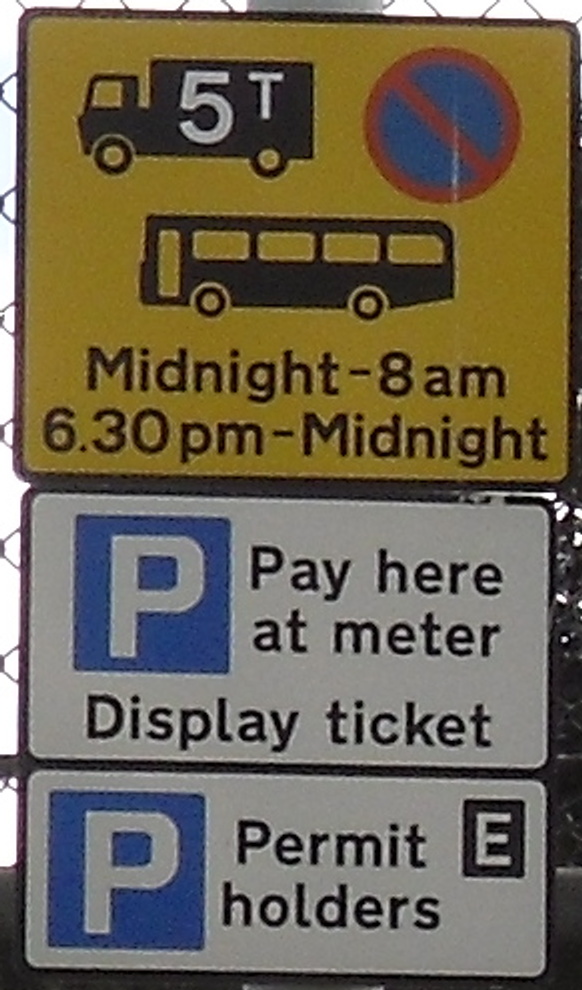CAMERA COMPARISON TEST RESULT
Just
yesterday I bought a new Camera, and I thought it might be interesting
to compare it with the other cameras I have. They are :-
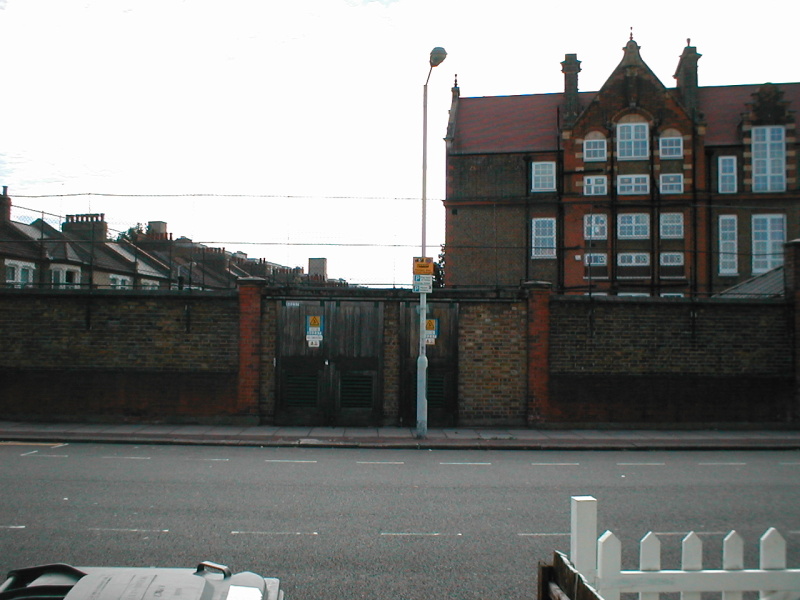
Olympus C-100
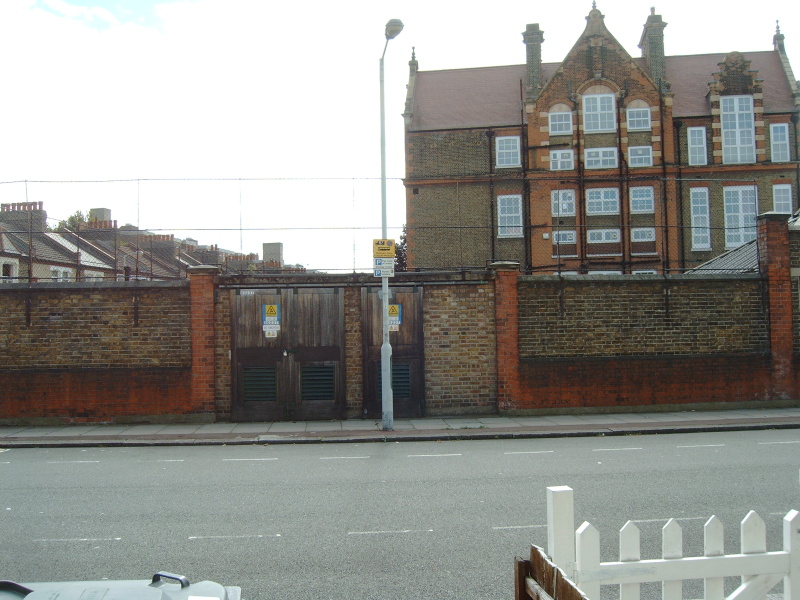
Traveller D1
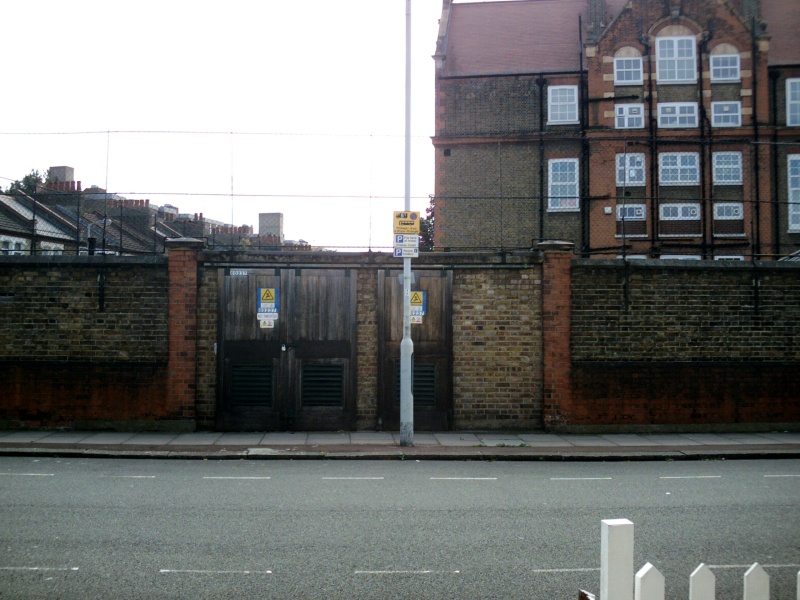
Praktica DC slim 315
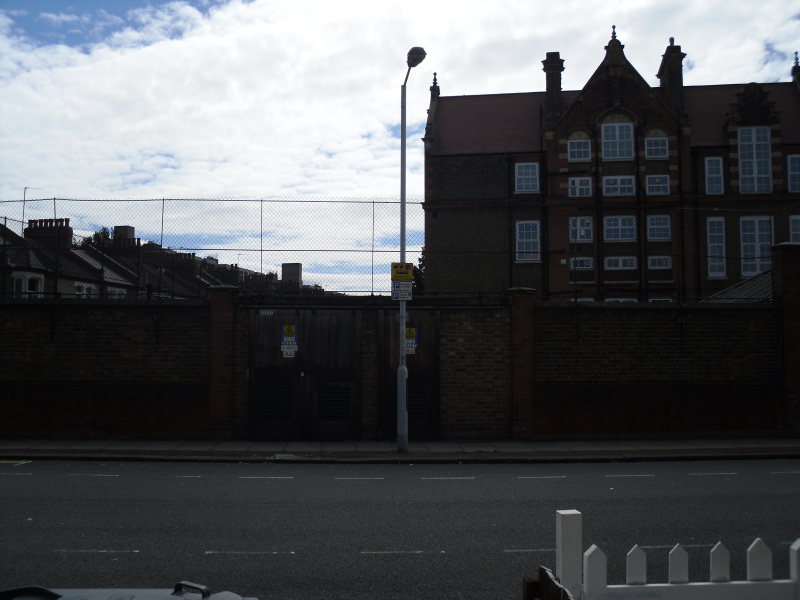
Samsung S1070
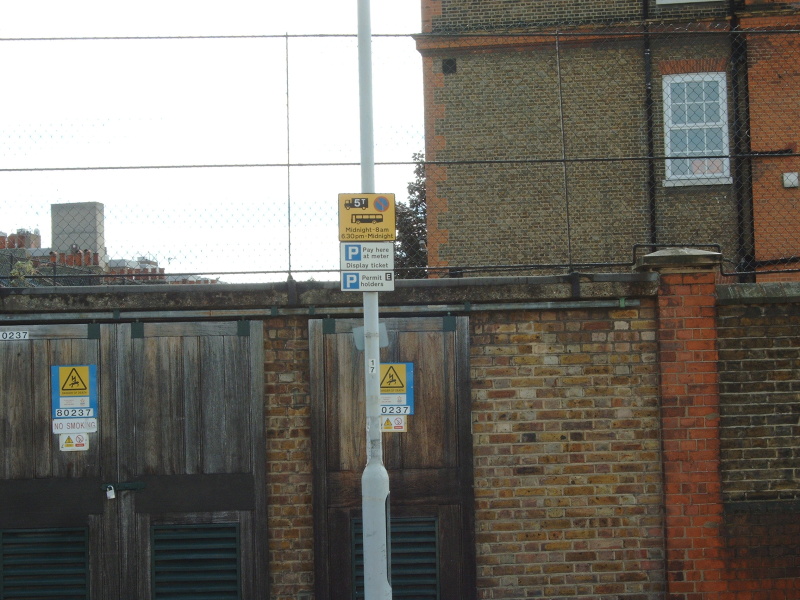
Traveller D1 full (optical) zoom
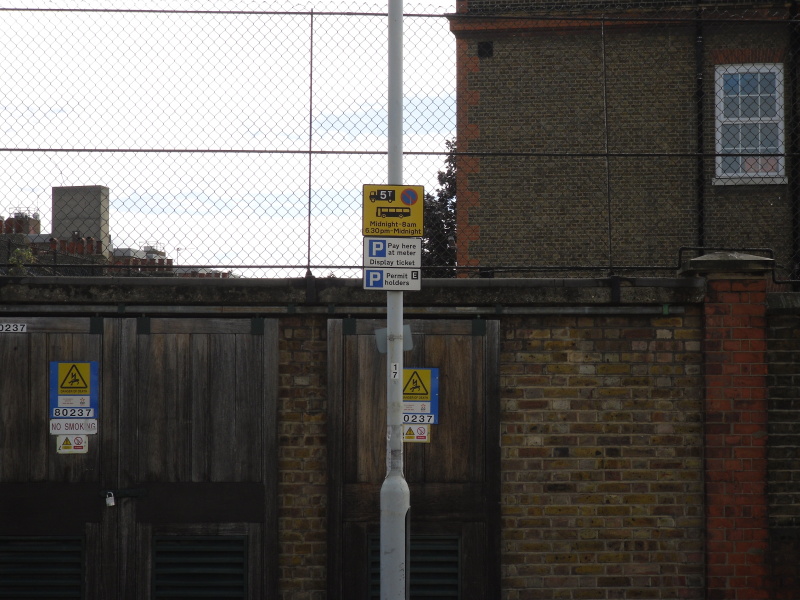
Samsung S1070 full (optical) zoom
- Olympus C100 (1.3 Megapixel)
- Traveller D1 (4 Megapixel)
- Praktica DC slim 315 (3.1 Megapixel)
- Samsung S1070 (10.1 Megapixel - the new camera)

Olympus C-100

Traveller D1

Praktica DC slim 315

Samsung S1070

Traveller D1 full (optical) zoom

Samsung S1070 full (optical) zoom
There
are so many variables in these pictures that it is hard to make
comparisons. The Olympus camera, being only a 1.3 Megapixel camera
produces less detail in the picture, and that is very obvious in the
next set of tests to follow, although the picture probably has the best
balance between the bright sky and the darker foreground.The Samsung
was the only camera that showed the sky was blue, but that left the
rest of the picture looking very dark. That is not actually too much of
a handicap because a bit of tweaking with The Gimp shows that all the
detail is still in the lowlights.
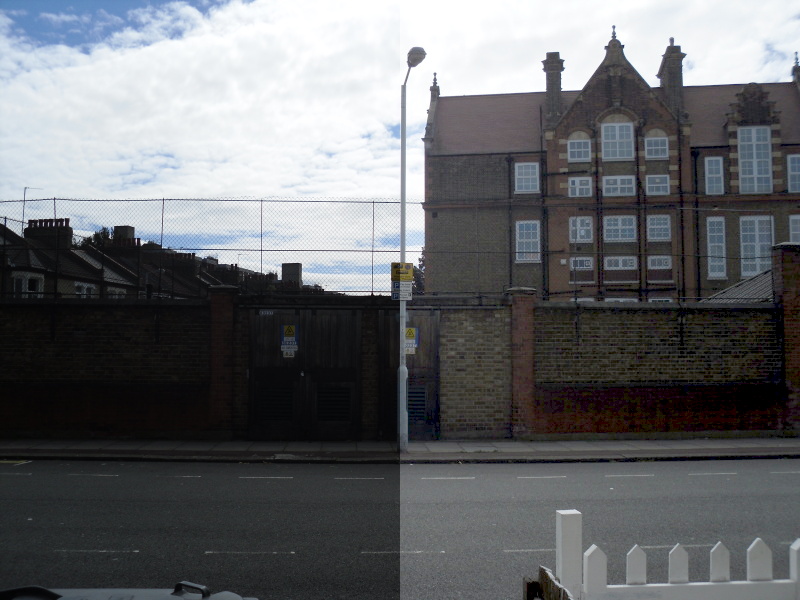
Split picture from the Samsung S1070 showing there is still plenty of detail in the dark picture

Split picture from the Samsung S1070 showing there is still plenty of detail in the dark picture
One
aspect of photography (unless you are an expert with a mega expensive
camera, and an infinite variety of lenses) is the ability to
selectively crop (and often rotate) a picture. This is actually a far
meaner test of the camera than just the balance between light and dark.
For the next tests I have chosen the parking restriction sign mounted
on the lamppost as my test image. Starting from the originals, and like
last time I have not enhanced the pictures in any way (except for the
split view above). I have simply (and slightly roughly) cropped the
image down to just the parking restriction sign, and enlarged each
result 200%.
 Olympus C-100 | 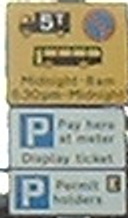 Traveller D1 | 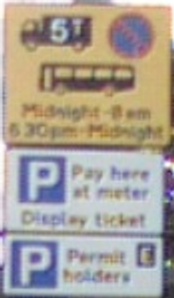 Praktica DC slim 315 | |
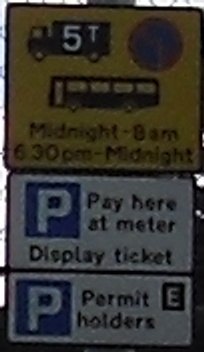 Samsung S1070 | 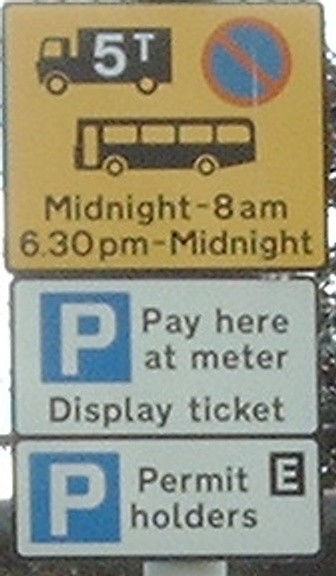 Traveller D1 zoomed | ||
|
In
zoom mode it is pretty obvious that the Samsung contains far more
detail than the other cameras, and I wonder that is for more reasons
than just having a higher resolution sensor. For instance the contrast
ratio, and the colour balance seems better compared to the Traveller
D1. Also there is less noise and/or jpeg artifacts in the Samsung
picture. Without the optical zoom it is obvious that the Olympus
picture is useless, and to my surprise it is the Praktica that seems to
come off best.
The actual pictures the camera takes are important, but it is also important how easy it is to take those pictures.
For ease of use the Olympus is very good. It starts up fairly quickly, and there is very little shutter lag, and it survives reasonably well on 4 AA "high power" alkaline batteries.
The Traveller D1 seems to take pretty good pictures most of the time, but it is a pig to use. The start up time is very long, and the shutter lag is very long too. Overall it is a very slow camera except when it comes to eating the two AA batteries. It seems to have some very high peak current demands that very quickly kill alkaline batteries, and really only works on rechargeable batteries.
The Praktica DC slim 315 is almost a point and shoot camera. It starts quickly, but there is a sting in it's tail. It seems to be very unpredictable as to just when it does the exposure. You line up the picture in the viewfinder, click the shutter button, and then you have to remember to hold the camera steady for at least a couple of seconds or you can get strange geometric distortions on the picture - individual parts of the picture are exposed very quickly, but these parts are not all exposed at the same time, or so it appears. (This is unlike the Traveller D1 where a streaky picture results because it is actually taking the picture some time after you have pressed the shutter button). The battery life from two AAA alkaline batteries is remarkably good.
For the Samsung S1070 I have been treating it like the Traveller, or Praktica, so I have yet to encounter any strange effects related to shutter lag or exposure time. It seems that it may be as good as the Olympus in this respect, but until I have confirmed it that remains speculation. It does start up quickly like the Olympus, and so far it seems like the battery life from two AA "high power" alkaline batteries is pretty good. Overall, I am pretty impressed with it.
The actual pictures the camera takes are important, but it is also important how easy it is to take those pictures.
For ease of use the Olympus is very good. It starts up fairly quickly, and there is very little shutter lag, and it survives reasonably well on 4 AA "high power" alkaline batteries.
The Traveller D1 seems to take pretty good pictures most of the time, but it is a pig to use. The start up time is very long, and the shutter lag is very long too. Overall it is a very slow camera except when it comes to eating the two AA batteries. It seems to have some very high peak current demands that very quickly kill alkaline batteries, and really only works on rechargeable batteries.
The Praktica DC slim 315 is almost a point and shoot camera. It starts quickly, but there is a sting in it's tail. It seems to be very unpredictable as to just when it does the exposure. You line up the picture in the viewfinder, click the shutter button, and then you have to remember to hold the camera steady for at least a couple of seconds or you can get strange geometric distortions on the picture - individual parts of the picture are exposed very quickly, but these parts are not all exposed at the same time, or so it appears. (This is unlike the Traveller D1 where a streaky picture results because it is actually taking the picture some time after you have pressed the shutter button). The battery life from two AAA alkaline batteries is remarkably good.
For the Samsung S1070 I have been treating it like the Traveller, or Praktica, so I have yet to encounter any strange effects related to shutter lag or exposure time. It seems that it may be as good as the Olympus in this respect, but until I have confirmed it that remains speculation. It does start up quickly like the Olympus, and so far it seems like the battery life from two AA "high power" alkaline batteries is pretty good. Overall, I am pretty impressed with it.
